How ATC help the Environment
While aviation delivers strong economic and social benefits to the UK and beyond, it also has a clear impact on the environment.
Reducing aviation’s environmental impact and saving fuel is becoming a new priority for ATC and airlines alike, and companies are implementing smarter and more responsive ways to do this.
Noise and Emissions Reducing aviation’s environmental impact, particularly noise and global greenhouse emissions, is a focus of companies in this current climate.
ATC companies are measured on this environmental impact too. NATS was the first air traffic control service provider in the world to be measured on the efficiency they provide flights, and close to airports support communities by delivering smoother continuous aircraft climbs and descents, which are less noisy. Aircraft noise is a key issue for the sustainable growth of the aviation sector as is managing noise impacts on the communities close to airports who are overflown.
Noise management regulations are followed to ensure that noise impact is managed effectively. Some of these mechanisms include: noise instructions in the Aeronautical Information Publication (AIP); local rules set as part of planning agreements for airport expansion (often known as ‘section 106 agreements’); and airport key performance indicators, such as continuous descent approach targets.
When airspace changes are considered, ATC will look closely at noise impact. The Civil Aviation Authority (CAA) provide guidance on the airspace change process (CAP 1616). Part of this guidance sets out the process that proposers of airspace change should follow, including detailed guidance on environmental assessment. Below 7000 feet, responsibility for considering the environmental impact of airspace design rests with individual airports. However, companies such as NATS will work closely with airports to ensure that any proposed changes will work seamlessly with the airspace design above 7000 feet, which they are responsible for.
Airspace Efficiency
The biggest improvements to airspace efficiency can be delivered by changes to the design and operation of airspace, and by improving access to shared airspace. The way air traffic controllers direct aircraft day-to-day also has an impact, some of the ways controllers can positively impact efficiency include:
- More continuous climb and descent operations
- More direct routes across UK airspace
- Reduced airborne holding time at destination airports
- Working with neighbouring air traffic control providers and military airspace users to deliver more direct routes
- Achieving or exceeding the airlines preferred cruise level
The challenge for controllers is being able to direct air traffic in a way that has a positive environmental impact and simultaneously dealing with a high volume of flights in their network, limited runway capacity which leads to aircraft holding, and occasionally bad weather. These factors are also influenced by variables outside of ATC’s control, including the actions of airline customers, airports, neighboring air traffic organizations, the military and other airspace users.























